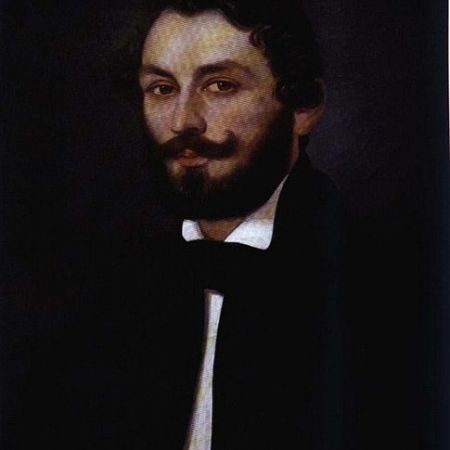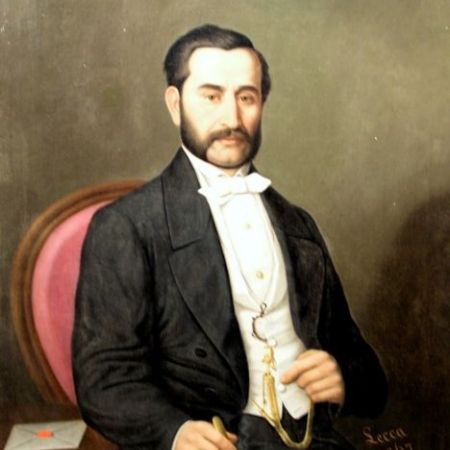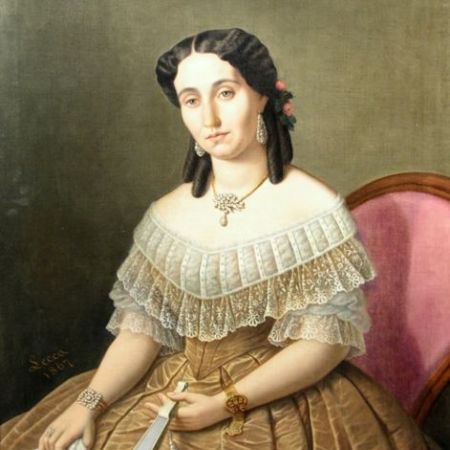 | Born in Brasov on August 4th 1807, in a merchant family, he studied in Schei, Brasov and Blaj, and in 1827 he left for Budapest to become a painter, as he had decided this was the only viable choice for a career. Still, for most of his life he would be a self-taught artist, as he never found the teacher he was looking for. In Buda he met several Romanian nationalists and became accustomed to their ideals and projects, at the same time publishing several articles and drawings in their publications. |
Constantin Lecca Self Portrait
He settled in Craiova in 1833 and taught as a drawing teacher, producing his first portraits and compositions. He also founded the first printing shop in Craiova, the first cultural magazine, "Mozaicul" and was also the first ever Romanian painter who had the inspiration of painting churches in a Western manner, very interesting, although disregarded by conservators. Despite the fact that he married and had no less than seven children, he would never abandon painting and drawing, travelled to Vienna, Rome and Paris - to perfect his style and discover the new trends and themes. He was very close to the revolutionaries of 1848.
Constantin Lecca is best remembered today for his astounding number of portraits, most of them commisions from important people of his times, or, more than often, images of people he admired and befriended. A briliant portretist, with a keen sense of colour and shape, he painted the portraits of nobles, intelectuals, artists, revolutionaries and so on. He also made several historical compositions, in the romantic mixed with nationalistic style that was very much in fashion at that time, as well as the interiors for several churches in Craiova. He was particularly fond of great historical figures in Romanian Middle Ages.

Portrait of a Man
After getting involved in the 1848 Revolution, he had to leave everything in Craiova, including his family, and seek his refuge in Brasov, then in Bucharest, where he taught for a while at the Sf Sava College. After the "heat" died down, he returned once again to the art world, received several important commisions - mainly churches, all around the country - and managed also to sell several of his portraits. For most of his remaining years, Constantin Lecca was known as the portraitist of the Bucharest highlife, and produced the portraits of Vasile Racotta, Barbu Stirbei, Ecaterina Manu and many others. He also returned to one of his favourite themes, historical compositions, painting several impressive works, which were very much appreciated by critics and collectors.

Portrait of a Woman
Over the next years he continued painting history scenes and portraits - including an impressive one depicting Alexandru Ioan Cuza - and also exhibited some of his historical scenes at "Living Artists Exhibitions", with great critical acclaim. A very popular and loved artist, highly influential and respected in his time, Constantin Lecca continued working with the same dedication and care.
Sick and tired, he retired at the height of his career, practically dissapearing from the Romanian art circles, leaving behind and impressive selection of art, and being considered one of the best portraitists ever. He died on October 13th 1887 in Bucharest, and he was burried at the Bellu Cemetery.
Photo : wikipedia.org
2008-08-01

































